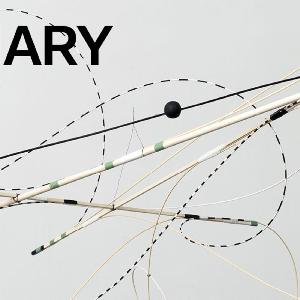Dictionary of Now
Subscribed: 0Played: 36
Subscribe
Description
The changes and disruptions of the past hundred years have shaped our conception of reality, our thought, and our language. The Dictionary of Now series reflects on the capacity of words to both depict and create reality. The selected terms for the Dictionary organize complex fields of knowledge. Since the modern age this went hand in hand with the search for universal truths and codified usages. The Dictionary of Now will confront this assertion of linguistic universalism with specific contemporary positions.
What varieties and shifts of meaning lie at the root of these terms, what readings and subtexts do they harbor? What social, political and technological processes of transformation can be read from them? And how can they be sharpened and adjusted in order to generate scope for linguistic action?
In a series of twelve discussions through 2015 to 2018, distinguished representatives from the sciences, politics and the arts, from theory and praxis, question the established meanings of selected terms, updating them against the background of their respective expertise.
A publication to be released in 2019 will bring together the key words and participants from the individual editions, establishing connections and allowing new, dynamic constellations of knowledge production to emerge.
Part of 100 Years of Now
More about the project... (https://www.hkw.de/en/programm/projekte/2015/woerterbuch_der_gegenwart/woerterbuch_der_gegenwart_start.php)
Image: Nikolaus Gansterer, Theory Casing IV (of the Middle of the Moment), 2013 | wooden sticks, sticking tape, polystyrene balls, ca. 130 x 80 x 80 cm | Courtesy the Artist
Produced by Voice Republic
For more podcasts visit http://voicerepublic.com
What varieties and shifts of meaning lie at the root of these terms, what readings and subtexts do they harbor? What social, political and technological processes of transformation can be read from them? And how can they be sharpened and adjusted in order to generate scope for linguistic action?
In a series of twelve discussions through 2015 to 2018, distinguished representatives from the sciences, politics and the arts, from theory and praxis, question the established meanings of selected terms, updating them against the background of their respective expertise.
A publication to be released in 2019 will bring together the key words and participants from the individual editions, establishing connections and allowing new, dynamic constellations of knowledge production to emerge.
Part of 100 Years of Now
More about the project... (https://www.hkw.de/en/programm/projekte/2015/woerterbuch_der_gegenwart/woerterbuch_der_gegenwart_start.php)
Image: Nikolaus Gansterer, Theory Casing IV (of the Middle of the Moment), 2013 | wooden sticks, sticking tape, polystyrene balls, ca. 130 x 80 x 80 cm | Courtesy the Artist
Produced by Voice Republic
For more podcasts visit http://voicerepublic.com
7 Episodes
Reverse
Comments












